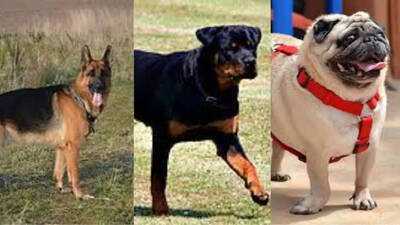
Over the last 100 years, dogs have changed dramatically, all thanks to selective breeding . Once valued mainly for their abilities and roles as working companions, today's dogs often show exaggerated physical features designed to meet modern standards of beauty or trends. While these changes can make them more lovable or unique in appearance, they've also sparked debates about the impact on their health and well-being. Comparing the dogs of yesteryear with their modern counterparts reveals just how much human influence has shaped their evolution. It's a fascinating journey through time, showing how our preferences have transformed the very essence of our loyal, four-legged friends. Let's explore to see how far they've come.
What is selective breeding and how did it begin?
Selective breeding, also known as artificial selection, is the process where humans intentionally breed plants or animals with specific traits to enhance desirable characteristics in future generations. Unlike natural selection, which occurs without human interference, selective breeding is a deliberate effort to shape the genetic makeup of species.
This process can be traced thousands of years ago when people started to domesticate animals, including dogs and livestock. Early humans selected for the characteristics they found useful, such as strength, docility, or the ability to herd, and bred individuals that shared these traits. Evidence from archaeologists shows that selective breeding of dogs dates back at least 14,000 years, making them one of the earliest animals domesticated. They similarly selected crops for high yield and resistance to poor conditions, thus beginning agriculture.
Today, selective breeding is common in farming, pet breeding, and horticulture, testifying to human history in altering nature to satisfy specific needs.
7 dog breeds that have transformed over the past 100 years
Pug
Pugs have changed dramatically in the last 100 years. Originally, they had longer snouts and leaner, athletic builds, so they could breathe more easily and move with more agility. Now, modern pugs are marked by their flatter faces-which is caused by brachycephaly-and gives them that unmistakable, irresistible "squished" look. The alteration, however, has led to various health issues, for example, difficulty in breathing, overheating, and susceptibility to conditions like sleep apnea. Their curled tails and compact bodies have also grown more prominent over time. Their playfulness and cuddly nature remain intact; still, their spectacular features bring forth the focus on breeding for aesthetic reasons rather than functionality.
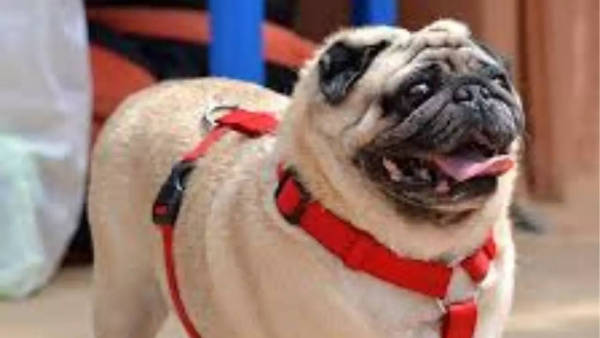 Doberman Pinscher
Doberman Pinscher
The Doberman Pinscher has undergone tremendous change over the past 100 years, both in terms of its physical appearance and temperament, thanks to selective breeding. Initially bred in the late 19th century as a guard dog, early Dobermans were sturdier, stockier animals with slightly longer muzzles and ears that were not always cropped. They were characterized by sharp, protective instincts and an intense, sometimes aggressive demeanor that was tailored for security work.
While modern Dobermans certainly are sleeker and more attractive, with a slender body and delicate features, breeding has managed to temper their aggressive tendencies, coming closer to a more balanced, loyal companion. Yes, they are highly intelligent and alert, but today's Doberman is generally gentler and more fitting for family pets. Some minor health issues linked to selective breeding, such as heart problems and hip dysplasia, appear in this improved-tempered breed, because improving temperament has never been without any costs in molding over the years.
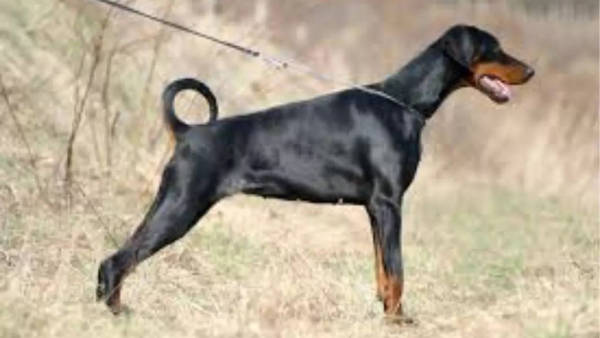 Poodles
Poodles
Poodles underwent significant changes through the last hundred years, specifically in their forms and roles as family pets. Originally bred for water retrieval from Germany, they were much more functional and of a sturdier build since they were to be used much more for function than for being a pet, and the very classic "poodle cut," with its exaggerated pom-poms, was used to enhance this ability, keeping them warm and loose in the swimming motion.
Poodles are one of the most beautiful and popular breeds today, widely seen in dog shows and as household pets. The breed had been bred over time to their established standard sizes: standard, miniature, and toy. The main features of the breed remain the same-the intelligence and hypoallergenic coat; however, the recent variant of poodle is more companionable rather than work-pig. Selective breeding has also meant a more marked focus on appearance and grooming and has given some of these health problems such as joints and skin due to the increased refinement.
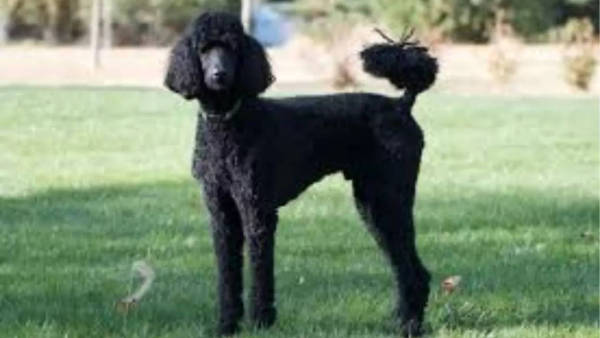 Yorkshire Terriers
Yorkshire Terriers
Yorkshire Terriers, or Yorkies, have undergone some significant changes during the past 100 years, mainly in size, coat texture, and even personality. Bred in the 19th century to catch rats in textile mills, early Yorkies were a bit larger, with a more solid build, for what they were being used to do. Their coats, though still silky, were a bit more weather-resistant for outdoor work.
Compared to their counterparts, modern Yorkshire Terriers are much smaller and bred mostly for companions rather than for work. The modern Yorkie has a long, silky coat which requires such meticulous grooming that this has become one of the breed's most admired features. While retaining that energetic, brave, and spunky personality, they have been selectively bred to be calmer towards humans. However, the modern Yorkies are smaller in size and have a more fragile frame, which makes them more prone to health problems such as dental issues and brittle bones.
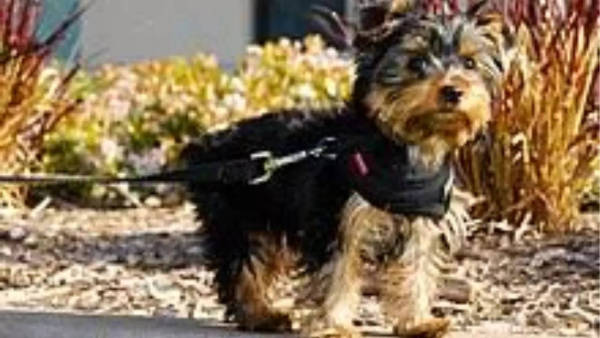 German Shepherds
German Shepherds
German Shepherds have evolved much over the last century, primarily through selective breeding that focused on enhancing specific characteristics. Originating in Germany during the late 19th century for herding and protection, the original German Shepherd was an extremely athletic and versatile working dog with a well-balanced, muscular build. Their intelligence, strength, and keen senses made them suitable for police, military, and search-and-rescue work.
Today, although not less intelligent and the same in their loyalty towards their masters, the breed has been perfected to concentrate on larger size and thicker coats. Modern German Shepherds have a more sloping back than their ancestors due to selective breeding for form rather than function. This, in turn, raises concerns about joint issues, particularly hip and elbow dysplasias. Although the German Shepherd has undergone many changes, it remains to be considered one of the most reliable working dogs, although its temperament is more centered on being a companion in today's society.
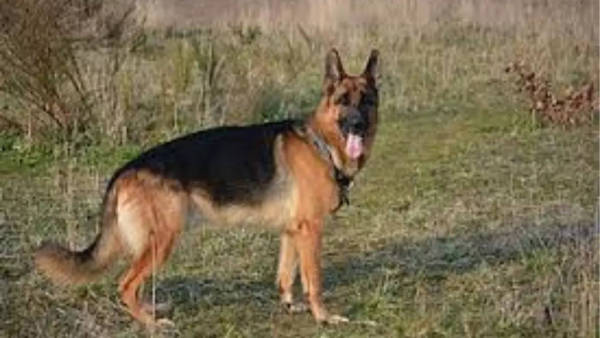 Rottweiler
Rottweiler
Rottweilers, bred originally in Germany as working dogs for herding and guarding livestock, have undergone significant changes over the past 100 years. Early Rottweilers were larger and more muscular, with a stockier frame suited to their tough, protective roles. They were prized for their strength, loyalty, and ability to work independently, often pulling carts or acting as herders in rural settings.
Today, Rottweilers still possess the muscular build, but selective breeding has emphasized such traits as a broader chest and more defined musculature, giving them a more imposing and intimidating appearance. Although the breed remains courageous and protective, modern Rottweilers tend to be more sociable and balanced, especially when raised in family environments. Despite the strong instincts of these breeds, breeders have focused on temperament, making them less aggressive and more stable companions. However, this refined physique and temperament have led to health concerns, including hip dysplasia and heart conditions.
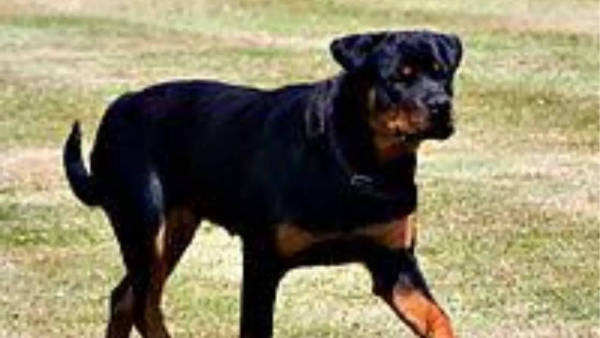 Boxer
Boxer
Boxers , bred in Germany at the end of the 19th century, have undergone considerable changes over the last 100 years, especially in their body and temperament. Early Boxers were bred as working dogs for hunting and guarding. They were medium-sized with a strong, muscular build, short coat, and a characteristic square jaw that reflected their athleticism and endurance.
Today, Boxers, although muscularly built, stand out more noticeably for the chosen characteristics such as a wider chest and a less tall, stout build. This modern breed displays a more playful or energetic nature rather than a "mean dog". They are highly regarded as family social pets because though they do share their guarding natures, less so for that purpose. Unfortunately, this attention to appearance has created some health problems in the breed, including heart issues and hip dysplasia, that are to be kept in check by modern breeding.
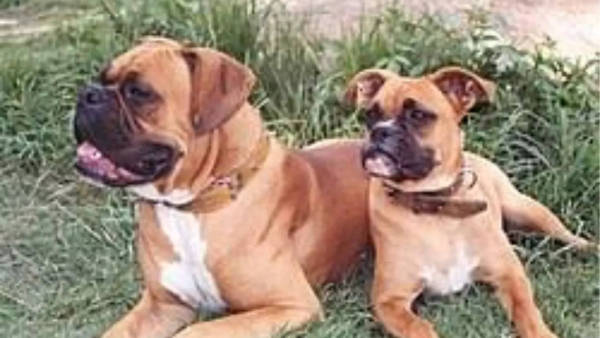
Also Read:
The mystery of cat bites : Why do they bite and how to respond
 Over the last 100 years, dogs have changed dramatically, all thanks to selective breeding . Once valued mainly for their abilities and roles as working companions, today's dogs often show exaggerated physical features designed to meet modern standards of beauty or trends. While these changes can make them more lovable or unique in appearance, they've also sparked debates about the impact on their health and well-being. Comparing the dogs of yesteryear with their modern counterparts reveals just how much human influence has shaped their evolution. It's a fascinating journey through time, showing how our preferences have transformed the very essence of our loyal, four-legged friends. Let's explore to see how far they've come.
Over the last 100 years, dogs have changed dramatically, all thanks to selective breeding . Once valued mainly for their abilities and roles as working companions, today's dogs often show exaggerated physical features designed to meet modern standards of beauty or trends. While these changes can make them more lovable or unique in appearance, they've also sparked debates about the impact on their health and well-being. Comparing the dogs of yesteryear with their modern counterparts reveals just how much human influence has shaped their evolution. It's a fascinating journey through time, showing how our preferences have transformed the very essence of our loyal, four-legged friends. Let's explore to see how far they've come.






